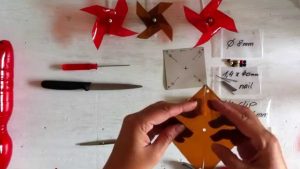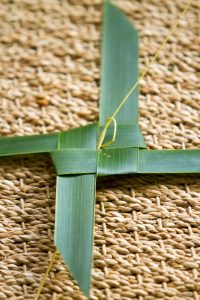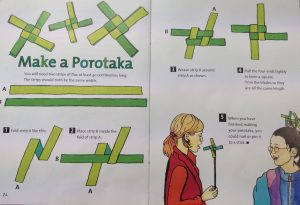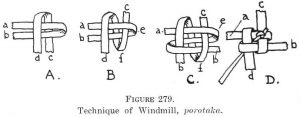Category: Windmill
AKA Pinwheel, Whirligig, Wind-driven Whirligig, Comic weathervanes, Whirlygigs, Whirlijigs, Whirlyjigs, Whirlybirds
British English (BE) Windmill, North American English (NAE) Pinwheel
A whirligig is an object that spins or whirls, or has at least one part that spins or whirls. Whirligigs are most commonly powered by the wind but can be hand, friction, or motor powered. They can be used as a kinetic garden ornament. They can be designed to transmit sound and vibration into the ground to repel burrowing rodents in yards, gardens, and backyards.
A pinwheel is a simple child’s toy made of a wheel of paper or plastic curls attached at its axle to a stick by a pin. It is designed to spin when blown upon by a person or by the wind. It is a predecessor to more complex whirligigs. During the nineteenth century in the United States, any wind-driven toy held aloft by a running child was characterized as a whirligig, including pinwheels.
The most important aspect of a pinwheel is blade surface. They have a large cupped surface area which allows the pinwheel to reach its terminal speed fairly quickly at low wind speed. Increasing the blade area of the whirligig increases the surface area so more air particles collide with the whirligig. This causes the drag force to reach its maximum value and the whirligig to reach its terminal speed in less time. Conversely the terminal speed is smaller when thin or short blades with a smaller surface area are utilized, resulting in the need for a higher wind speed to start and operate the whirligig.














